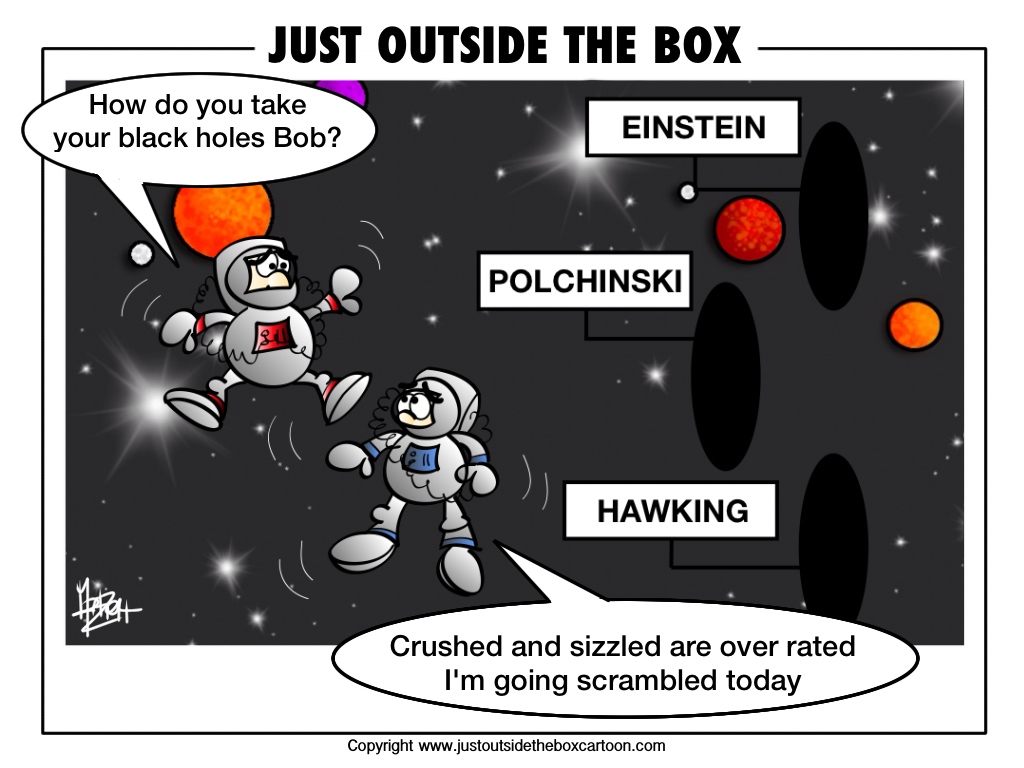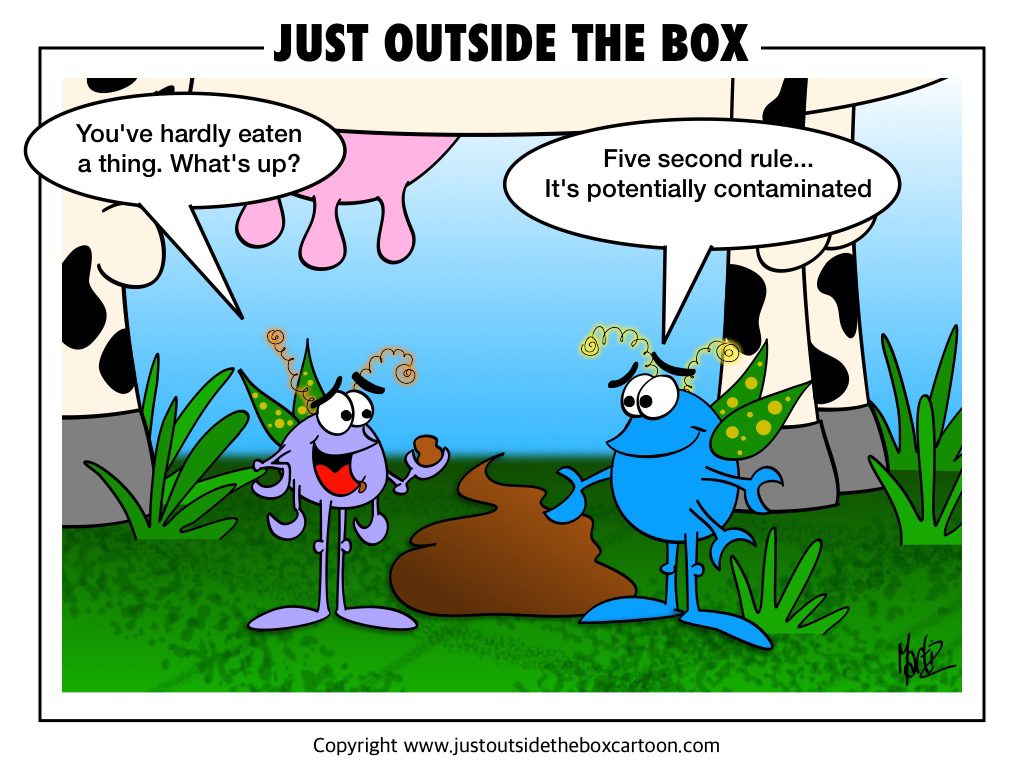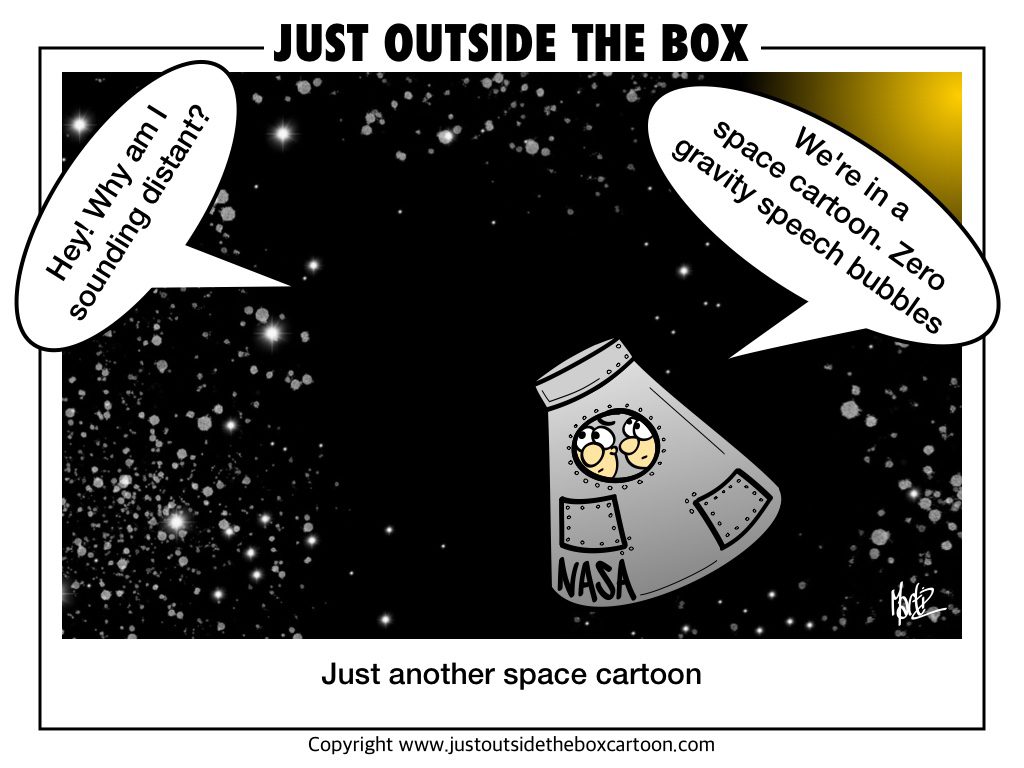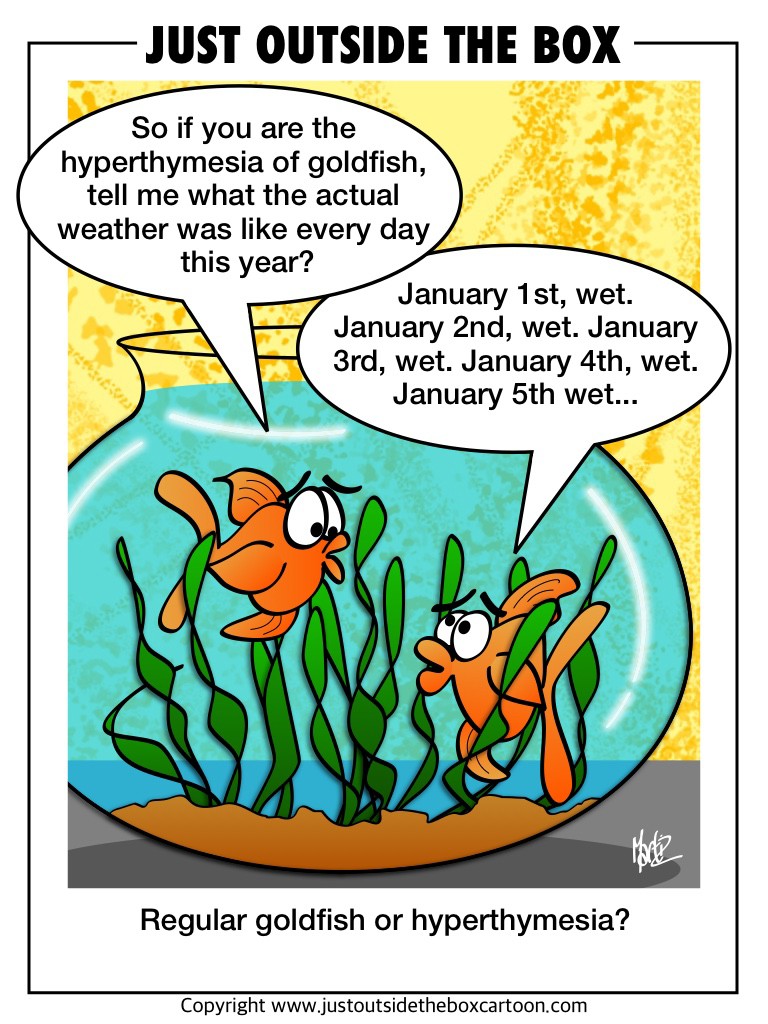The local physics community was sent into turmoil last week when Stephen Hawking announced that ‘there are no black holes’

But behind every sensational headline is a story…and probably a misinterpretation along the way too
I was curious to find out more, especially since my cartoons consist of quite a few black holes – What would it mean if they didn’t exist? – Should I just re-ink the black hole away? Well, after a bit of research, I discovered they still exist, but not under the strict definition of ‘nothing is meant to escape from the evil wrath of a black hole’. The new theory suggests that matter does escape, so hence under the strict definition, black holes don’t exist. But for the laymen such as myself, the whole imagery of a black bit of space sucking in space objects is still valid, and hence so are my drawings.
If I’ve peaked the nerd in you and you want to find out more, below is my simple mechanical engineering interpretation of black hole theory.
It all starts with asking the question ‘What happens to the astronaut who enters the black hole?’
Theory #1: Stretched and crushed
The first possibility involves the big crush. Based on Einstein’s theory of relativity the eminent physicist Stephen Hawking helped provide a scientistic explanation of how a black hole operates. He published his theories way back in 1974, but with his latest paper, has now changed his tune – give me a minute, that is explained further on. Once you enter and pass what’s referred to as the event horizon (the invisible boundary from which there is no return) you get stretched out like Guy Fawkes until your sockets ‘pop’, followed by a crushing within the heart of the black hole’s dense inner core.
Theory #2: Sizzled like crispy bacon
If being squished into something too small for the naked microscope to see, then how about a bit of sizzling? This is where the second theory comes into play. Physist Joseph Polchinski conducted a thought experiment where he sent his victim off into space in search of a black hole, just to see what would happen to him (mathematically) when he entered the ominous black hole. He worked with the laws of quantum physics (how sub atomic particles operate) and to his team’s surprise, passing the event horizon would result in a swift incineration – burnt to a crisp in an instant. Naturally this caused a kerfuffle amongst the scientific community as it contradicted Eintein’s fundamental law of relativity.
Theory #3: Scrambled
Fast forward, to January 2014 when Stephen Hawking posted a paper proposing an alternate theory (to his previously highly acclaimed 1974 works). A softer version to the event horizon – an apparent horizon. Once entered you are temporarily suspended, before being scrambled up into undistinguishable tiny bits and pieces and then released. This scrambling of information would not be recognisable from its original source and has been described as trying to put back together a burnt piece of paper.
So there you have it – black holes made easy
Reference: too many too mention all, but this one by Nature was rather user friendly
 So what does science say about the 5 second rule?
So what does science say about the 5 second rule? 







